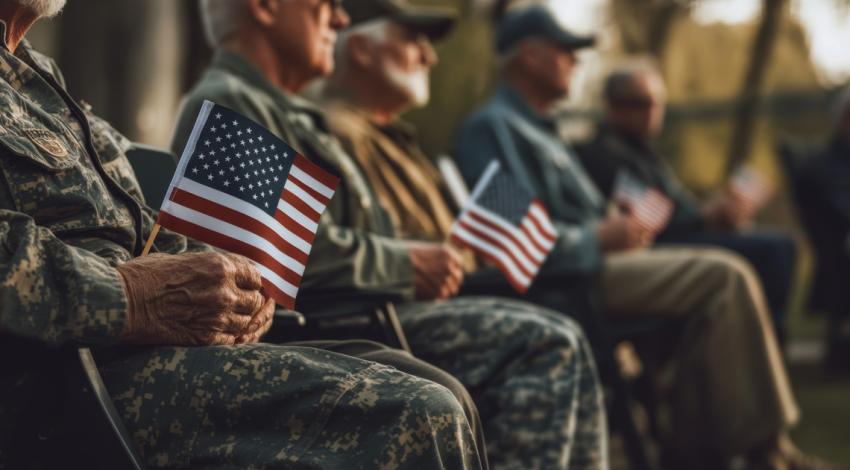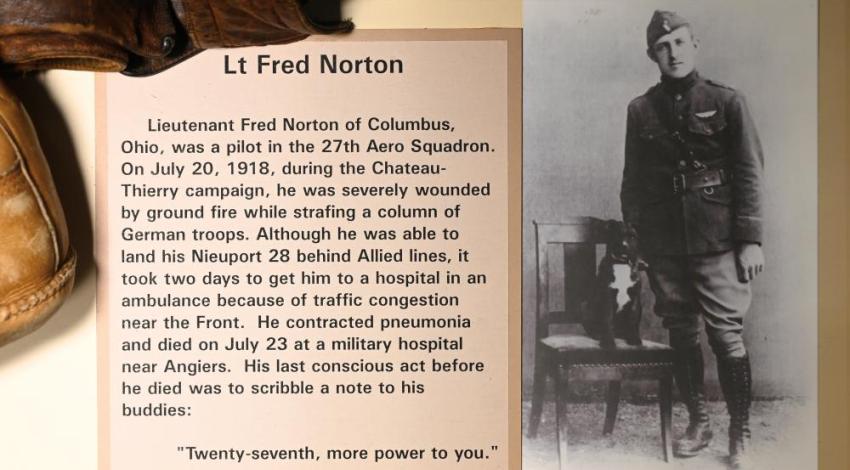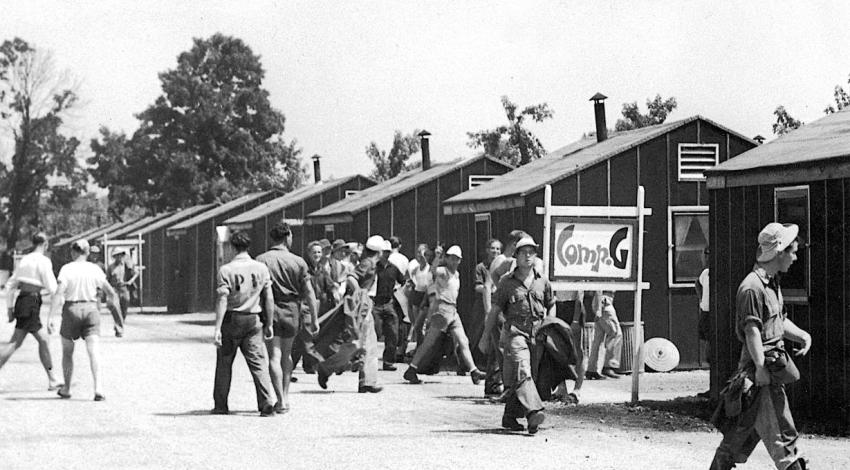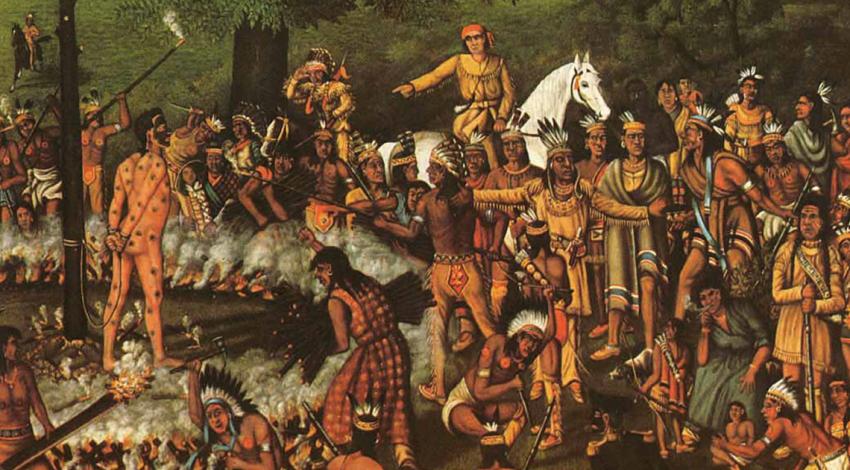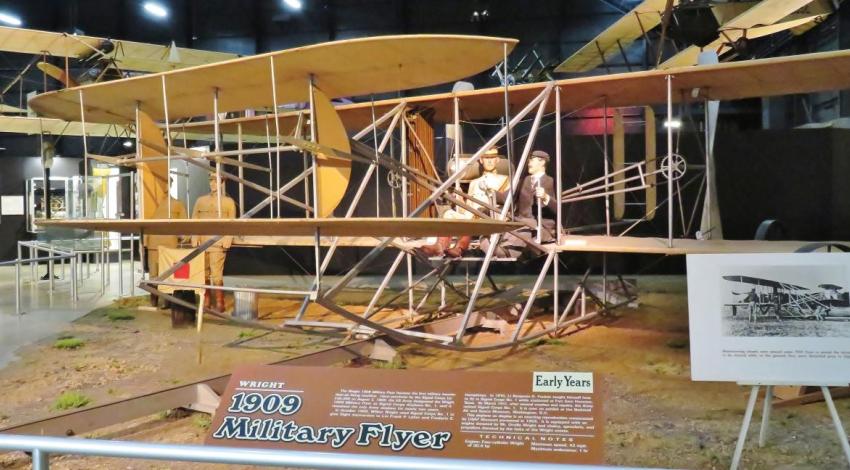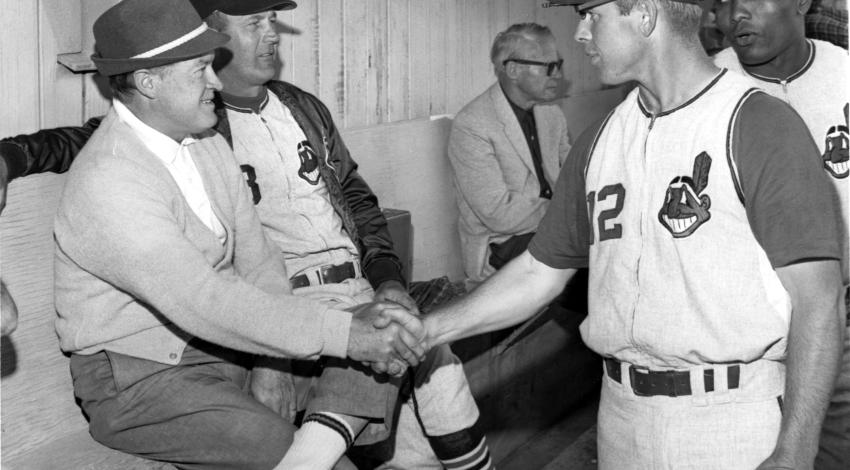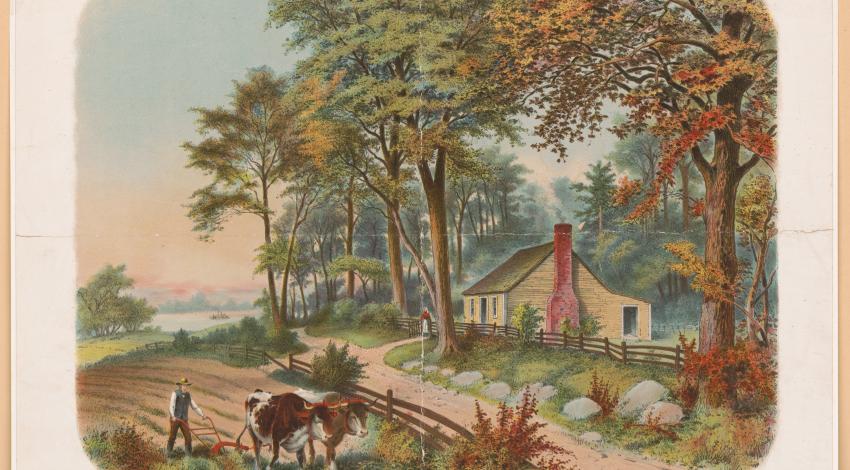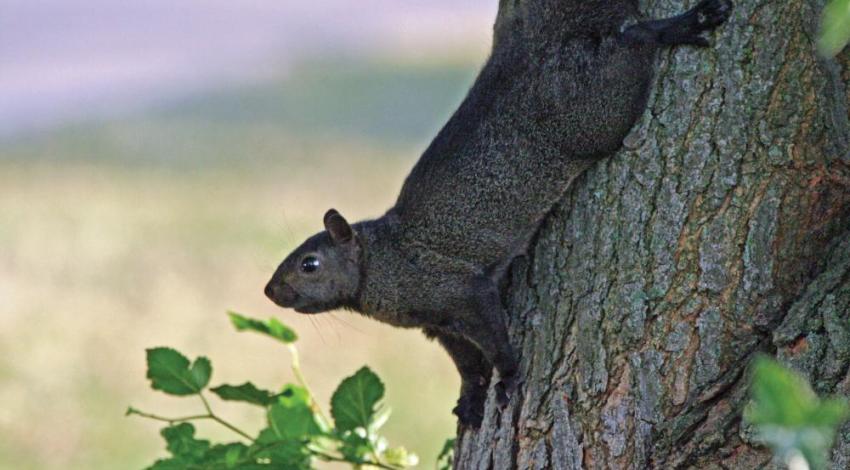On Veterans Day, many people take time to thank those who served in the military. But for many veterans, the real thanks goes the other way — they are grateful they had the opportunity to serve their country, to be part of something meaningful, to grow as people, and to contribute to protecting the freedoms we all enjoy.
U.S. military
Two weeks before he graduated from Lakeside High School in May 1912, Fred William Norton competed in the inaugural Ottawa County track meet.
Most kids of the day ended schooling and began working full-time after eighth grade. But Norton took a different path. He entered Lakeside High School (now Danbury High) in 1908. Along with track, he also competed in football, baseball, and basketball, and he carried a 4.0 academic average all four years there.
According to the Lakeside Heritage Society, he also worked for a local railroad, operating a locomotive and cleaning and repairing buildings and equipment. He often clocked 10-hour days, six days a week.
Camp Perry, on the Ohio shores of western Lake Erie a few miles west of Port Clinton, boasts the second-largest outdoor rifle range in the country.
The United States maintained nearly 700 camps, in all but three states, during the war — established to help alleviate the overcrowding of POWs housed in Great Britain. Had just Italian (50,273) and Japanese (3,915) POWs been sent to the U.S., existing American camps could have handled those numbers. But late in the war, as Allied troops began to take control, an additional 371,683 German prisoners began debarking from troop ships onto America’s shores, and the POW prison system was quickly overwhelmed. U.S.
One of the most infamous incidents in all of early Ohio history occurred 241 years ago this month, on June 11, 1782, when Col. William Crawford of the fledgling U.S. Army was burned at the stake by Native American locals out for revenge.
The story begins several months earlier, in March 1782, when 96 members of the Delaware tribe, who had converted to Christianity, were rounded up, massacred, and burned along with their entire village of Gnadenhutten (meaning huts, or tents, of grace) along the Tuscarawas River by Col. David Williamson and his contingent of frontier militia.
Born and raised in Columbus, Air Force General Curtis LeMay studied engineering at Ohio State University and launched his military career in his hometown by learning to fly at old Norton Field.
One airlift pilot, Lt. Russ Steber, took along his newly adopted boxer rather than leave the pup alone during the lengthy missions. The dog became such a familiar part of the airlift, Steber even had a parachute made for him. Eventually, LeMay learned of the stowaway, and Steber expected to be in big trouble. Instead, the general told Steber his dog was a great morale booster and promptly named him “Vittles.”
When the Cleveland Indians changed their name to the Cleveland Guardians last year, the rebrand was more than a tribute to the stalwart, Art Deco-style statues — known as the “Guardians of Traffic” — that grace the Hope Memorial Bridge near Progressive Field.
Born Leslie Townes Hope in a London suburb in 1903, Bob Hope was the fifth of the seven sons of English stonecutter William Henry “Harry” Hope and his wife, Avis. Harry brought his family to Cleveland in 1908, and in the early 1930s, he helped create the “Guardians of Traffic” for the city’s Lorain-Carnegie Bridge. After extensive repairs were completed in 1983, it was rechristened the Hope Memorial Bridge because of Harry’s work on the now-iconic “Guardians.”
Ohio is known for producing more United States presidents than any other state in the Union — eight in all, including several who were veterans of the Civil War. First among the veterans, and perhaps appropriately so, was General Ulysses S. Grant.
Grant descended on his father’s side from a family long-established in America, dating to the Massachusetts Bay Colony circa 1630. His great-grandfather served the British in the French and Indian War, and his grandfather aided the colonists’ cause at the famed American victory at Bunker Hill in the American Revolution. Perhaps, then, it was no surprise that the 5-foot, 2-inch 17-year-old Grant would accept an appointment to the United States Military Academy at West Point, New York, in 1839.
